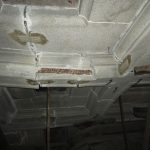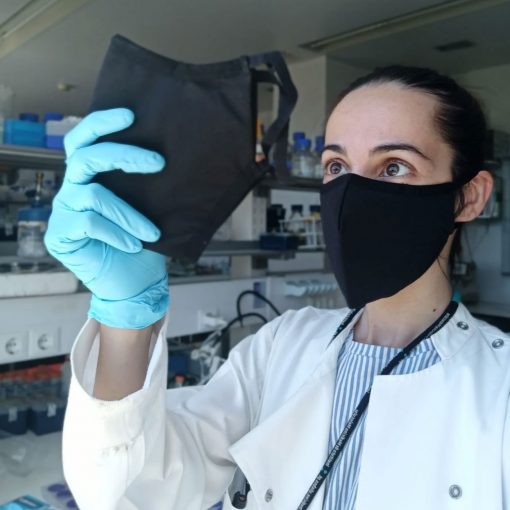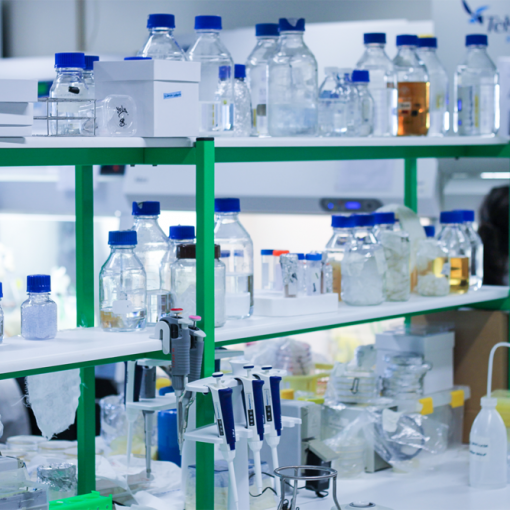In order to solve structural problems, the intervention on the exterior and interior of the main chapel of Porto Cathedral started last April, with the monitoring of a team of ISISE researchers, namely Nuno Mendes and Paulo Lourenço.
However, ISISE’s collaboration with the Regional Directorate of Culture of the North and the Cabido Portucalense regarding this important national monument began in 2003, extending to the present day, originally with the involvement of Paulo Lourenço and Luís Ramos in the equally complex interventions involving the Towers and their monitoring, the Chapel of S. Vicente, the main façade and the lantern. More recently, in 2017, already with the involvement of Nuno Mendes, the structural reinforcement of the Nasoni staircase was carried out.
“The Historical and Masonry Structures group of the Department of Civil Engineering of the University of Minho has a very close and trustful relationship with public bodies, which is why requests for support in interventions in monuments arise, not only in Porto Cathedral, but also in other national monuments. In addition, there are projects all over the world, such as in Brazil, Bhutan, Spain, USA, Philippines, Iran, Myanmar or the United Kingdom, among others,” explains Nuno Mendes, researcher at ISISE – Institute for Sustainability and Innovation in Engineering Structures, of the School of Engineering of UMinho.
The work that has now begun, postponed for a year due to the pandemic, focuses on an essential part of the Cathedral, the main chapel, which after a study by the team of ISISE researchers concluded that it needed intervention in its structure.
“This is a more recent intervention and the main chapel of the Cathedral of Porto has a vault with relevant damage, and the back wall also had structural damage. We were responsible for the study-diagnosis and then for the rehabilitation and structural consolidation project”, clarifies the ISISE researcher.
A structural diagnosis-study is developed using various techniques, but in this case, the team of researchers carried out a series of inspections and non-destructive tests (as it is a historical building), to obtain the necessary information about the properties of the materials and to identify the possible causes of anomalies, among other aspects. In the next phase, a computer numerical simulation work tries to simulate the behaviour of the structure under different external actions (such as self-weight or earthquakes), which allows us to draw conclusions about the anomalies that exist and should be repaired. “Always under the principle of minimum intervention, which is a priority and fundamental, remembering that we are talking about a historical building dating from the 12th century,” stresses Nuno Mendes. Based on the results obtained, the researchers moved on to the consolidation project phase, and are currently working on the execution phase of the work.
In this intervention, the ISISE team will work with other specialized teams, namely in the area of conservation and restoration, in what will be a more artistic work and the interior of the building (such as the altarpiece, carvings and paintings), but the focus of the researchers from the School of Engineering will be in the structural area, namely in an intervention on the headboard cover, which will involve the replacement of the cover and roof, and in an intervention on the back wall – the wall behind the headboard. “This wall is highly relevant to the structure of the building and significant cracks have been detected, from moderate to severe damage and it is therefore important that the anomalies be corrected” explains Nuno Mendes.
The intervention has an estimated budget of about one million euros and the works will be the financial responsibility of the Chapter – revealed to Voz Portucalense the canon Álvaro Mancilha pointing out that “these works have a great objective which is the consolidation, from the point of view of the stone ceilings, given the damage that has happened. And this will be the great civil construction work done from the outside to consolidate the vaulted chancel (…) There has never been an intervention of this nature. It is a historic intervention”, he concludes.
Porto Cathedral is a State Heritage Site and, for this reason, a protocol was signed between the Regional Directorate of Culture of the North and the Cabido Portucalense for the execution of these works. It should be noted that all the studies, projects and specifications were made by the Regional Directorate of Culture with the collaboration of the University of Minho.
It is estimated that the works will be finished within 7 months, but the Cathedral – one of the 5 most visited national monuments in the country – will remain open to the public. To make this possible, the altar has been moved to the transept, with a 20 metre high and 8 metre wide canvas as a backdrop, which replicates the real altarpiece, which is also being worked on.
The Institute for Sustainability and Innovation in Structural Engineering (ISISE) is a research unit funded by the Portuguese Foundation for Science and Technology and classified as Excellent, of the Universities of Minho and Coimbra. The Unit has about 80 PhD members, 150 PhD students, 30 M€ of ongoing competitive funding and 2 European Masters including the SAHC – Structural Analysis of Monuments and Historical Constructions.
More information about ISISE: https://isise.net/






